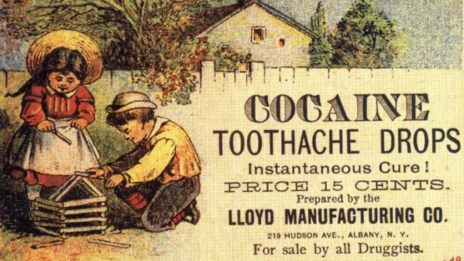
Drugs in the United States: From Medicinal Marvels to Cartel Chaos
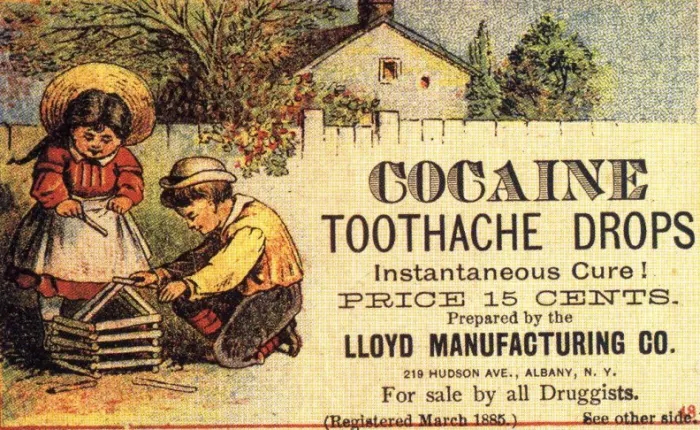
The Deep History of Drugs in the United States: From Medicinal Marvels to Cartel Chaos and the Fentanyl Fight
Hey there, if you’ve ever wondered how a nation built on “life, liberty, and the pursuit of happiness” ended up in the grip of one of the deadliest drug crises in history, you’re not alone.
The story of drugs in America is a wild ride, part healing tonic, part underground empire, and now a brutal battle against synthetic killers like fentanyl pouring in from across the globe. From the opium dens of the 1800s to Nancy Reagan’s finger-wagging “Just Say No,” and today’s tense standoffs with China and Venezuela, this isn’t just history; it’s a mirror to our society’s deepest struggles.
Buckle up as we unpack it all, with a human touch because, let’s face it, behind the headlines are real lives shattered and resilient communities fighting back.
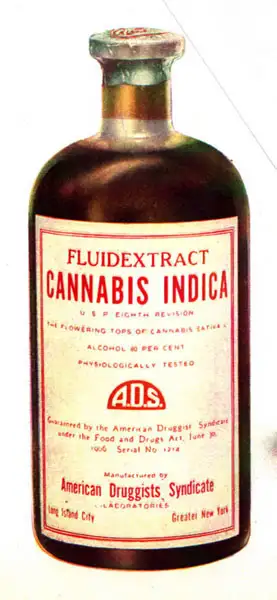
How Drugs Went from Medicine to Menace in Early America
Picture this: It’s the mid-1800s, and America is buzzing with innovation. Morphine, derived from opium, is hailed as a miracle for everything from Civil War wounds to menstrual cramps. Laudanum,a sneaky mix of opium and alcohol, was a staple in medicine cabinets, even given to teething babies.
Cocaine?
It powered Coca-Cola until 1903, marketed as a brain tonic.
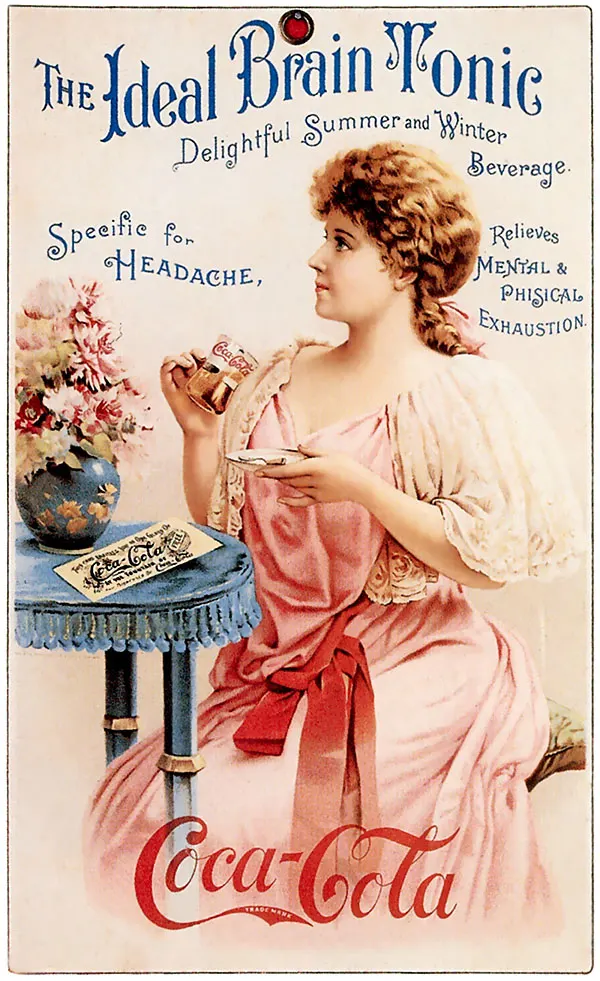
By the early 1900s, though, the party soured. Waves of Chinese immigrants brought opium smoking, sparking racist “Yellow Peril” fears that fueled the 1875 San Francisco Anti-Opium Smoking Ordinance, the first drug law in the U.S.
The 1914 Harrison Narcotics Tax Act cracked down on opioids and cocaine, shifting them from pharmacy shelves to black markets. Marijuana joined the villain list in the 1930s with “Reefer Madness” propaganda, banning it federally in 1937 despite its medicinal roots dating back centuries.
Fast-forward to the post-WWII boom: Amphetamines fueled housewives and truckers, while barbiturates numbed the masses. But it was the 1960s counterculture, think Woodstock and LSD experiments, that flipped the script.
Richard Nixon declared the “War on Drugs” in 1971, calling it “public enemy number one.”
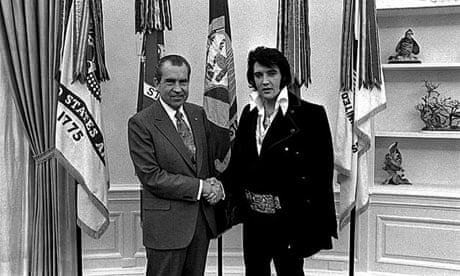
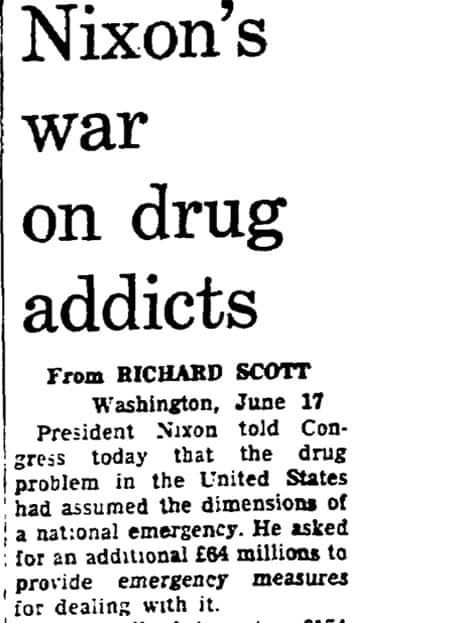
What started as a health issue morphed into a criminal justice nightmare, with incarceration rates skyrocketing from 50,000 nonviolent drug arrests in 1980 to 400,000 by 1997.
This era set the stage for everything that followed: a patchwork of prohibition that drove drugs underground, creating fertile ground for empires to rise.
Cartels Rise: Mexico, Colombia, and the Global Web of Supply
No tale of American drugs is complete without the cartels. Enter Mexico’s narcos, born from the ashes of Prohibition-era booze runners in the 1920s. By the 1970s, Colombian suppliers like the Medellín Cartel, led by the infamous Pablo Escobar, flooded the U.S. with cocaine, turning Miami into a war zone.
Colombia still produces nearly 80% of the world’s cocaine, but the real power shift happened in the ’80s when Mexican groups like the Guadalajara Cartel muscled in, using brutal tactics to control smuggling routes
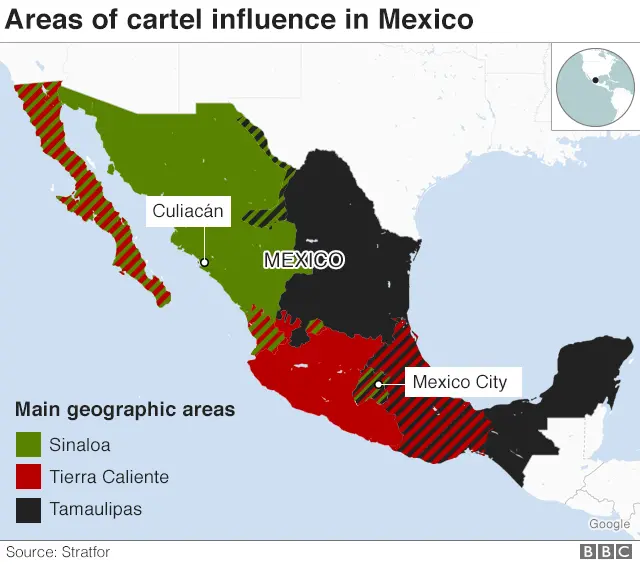
Today, juggernauts like the Sinaloa Cartel and Jalisco New Generation Cartel (CJNG) dominate, splintering from older groups and expanding into synthetics. They’ve diversified beyond drugs, extorting avocado farmers in Michoacán and running fentanyl labs, raking in billions while fueling violence that has claimed over 400,000 lives since 2006.
Afghanistan chimes in with heroin, producing 85% of the global supply under Taliban watch, its poppy fields a twisted legacy of U.S. intervention.
And it’s not just Latin America or Asia. Whispers of involvement from places like Sierra Leone pop up in trafficking rings tied to Mexican groups.
The global web? It’s a supply chain where demand in the U.S., our insatiable appetite, keeps the wheels turning.
“Visualizing the sprawling influence of cartels across Mexico and into the U.S.” – BBC News
Shadows on Sacred Land: Drugs and Native American Reservations
Now, let’s talk about a heartbreaking chapter often overlooked: the devastation on Native American reservations. These sovereign lands, home to about 5.2 million Indigenous people, face drug rates 300% higher than the national average.
Methamphetamine hit hard in the 2000s, with Mexican cartels targeting remote areas for easy distribution, low detection, high profits. Today, it’s fentanyl mixed with everything from pills to powder, claiming lives at twice the rate of the general population.
Historical trauma plays a role too: generations of forced assimilation, poverty, and loss have fueled cycles of addiction. Youth on reservations report illicit drug use at 6-7%, far above national averages.
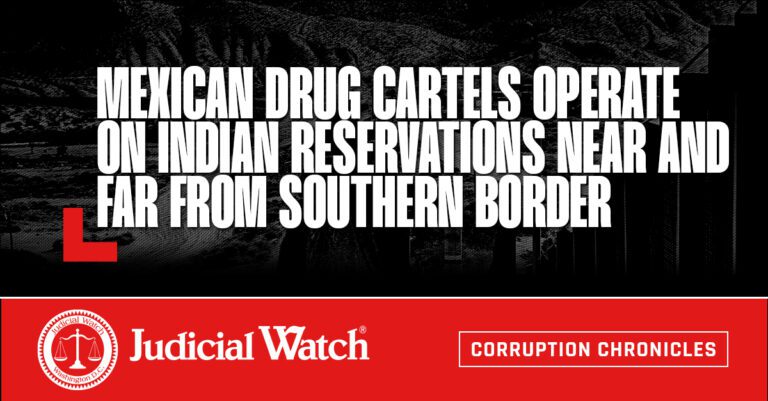
But there’s resilience, tribes like the Lummi Nation are building recovery centers and fighting back with cultural healing programs.
It’s a reminder that drugs don’t just cross borders; they exploit vulnerabilities everywhere.
Community healing circle on a Native American reservation

“A powerful image of recovery efforts amid the crisis”-Guardian
The Government’s Double-Edged Sword: Involvement and Controversies
If cartels are the villains, what’s the U.S. government’s role? Complicated, to say the least. The CIA’s shadow looms large allegations of turning a blind eye to Contra cocaine trafficking in the 1980s to fund Nicaraguan rebels rocked the nation.
Declassified docs show officials knew drug smugglers exploited the infrastructure, funneling crack into L.A. streets and igniting the epidemic.
The War on Drugs poured trillions into enforcement, but critics argue it propped up suppliers by ignoring demand and racial biases, Black and Latino communities bore the brunt of arrests. Even today, debates rage over U.S. gun flows arming cartels, with over 70% of traced firearms in Mexico originating stateside.
It’s a tangled legacy: good intentions, messy outcomes.
Neighbors in the Mix: Mexico and Canada’s Tangled Ties

Mexico’s not just a transit point, it’s ground zero, with cartels embedding in every border town. But Canada? Surprisingly complicit. Fentanyl precursors slip through Vancouver ports, and Mexican cartels run cross-border ops, smuggling south to north via hidden tunnels and boats.
In 2025, tensions boiled over with U.S. tariffs on Canadian goods to curb the flow, despite data showing most fentanyl enters via Mexico.
Bilateral ops like extraditing 50+ cartel suspects this year show cooperation, but porous borders and shared demand keep the pipeline flowing.
“Just Say No”: The Iconic Campaign That Defined an Era
Enter Nancy Reagan, the pearl-clutching first lady who turned anti-drug advocacy into pop culture. Launching in 1982, “Just Say No” was her battle cry, school assemblies, PSAs, even a TV special with the cast of Different Strokes. It reached millions, but critics slammed it as simplistic, ignoring root causes like poverty and mental health.
By the late ’80s, it symbolized the Reagan-era crackdown, boosting awareness but correlating with mass incarceration. Love it or loathe it, it humanized the fight, Nancy wasn’t preaching from an ivory tower; she was a mom worried sick.
Nancy Reagan with kids in “Just Say No” rally
“The face of ’80s anti-drug fervor” -History.com
The Dark Triumph: Why Suppliers and Dealers Keep Winning
Here’s the gut punch: Despite billions spent, cartels thrive. Sinaloa and CJNG operate like Fortune 500 companies, diversifying into synthetics, laundering through avocados and real estate, and outgunning rivals with U.S.-sourced firepower.
Their success? Our demand. Fentanyl’s cheap production (a kilo costs $3,000 in Mexico, sells for $1M+ in the U.S.) and potency make it a dealer’s dream, outpacing even cocaine.
Violence begets more violence, assassinations, turf wars, but profits roll in, funding everything from political bribes to narco-subs. It’s unfortunate, yes, but a stark reminder: prohibition alone doesn’t win wars.
The Fentanyl Frontline: Battling China, Venezuela, and the Synthetic Surge

Fast-forward to 2025: Fentanyl is the grim reaper, killing 100,000+ Americans yearly, mostly laced in fake pills.
China supplies 90% of precursors, despite crackdowns, underground labs churn out analogs faster than regulators can ban them.
Venezuela? Less direct, but its chaos enables trafficking boats and money laundering for cartels.
The U.S. response? Tariffs on Chinese imports, sanctions on suppliers, and designating cartels as terrorists. The 2025 National Drug Threat Assessment warns of mixed drugs worsening the crisis, but interdictions hit record highs, over 27,000 pounds seized last year. It’s a multi-front war: diplomacy with Beijing, ops in Mexico, and harm reduction at home.

“A stark visual of the synthetic threat” -Council on Foreign Relations
Wrapping It Up: Lessons from the Long Shadow
The history of drugs in America isn’t a straight line, it’s a messy loop of hope, hypocrisy, and heartbreak. From medicinal promises to cartel kingdoms, we’ve seen how policy, prejudice, and profit entwine. Native communities bear outsized pain, governments grapple with their own ghosts, and neighbors like Mexico and Canada navigate shared storms.
The “Just Say No” era taught us awareness matters, but suppliers’ savvy shows we need more: treatment over tough talk, international teamwork over isolation.
Today, as we stare down fentanyl’s fury from China and Venezuela, the fight feels more urgent than ever. But remember the humans in this, addicts, rebuilding, families mourning, activists pushing for change.
What’s your take? Drop a comment below. If this sparked something, share it, knowledge is our best weapon.
Sources compiled from DEA Museum, CFR, Wikipedia, and more. Stay informed, stay safe.
Fun Fact: La Cucaracha is a song written about Marijuana.













